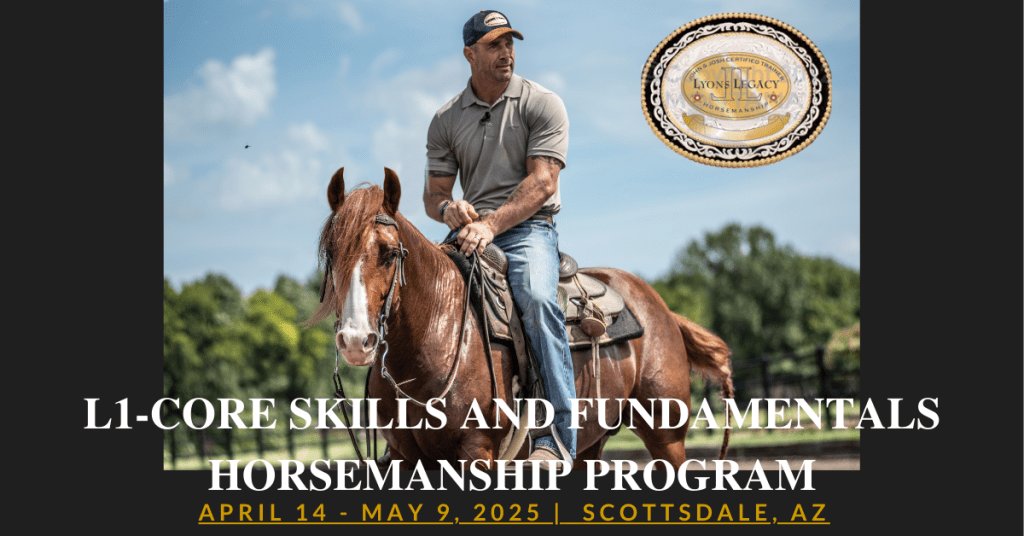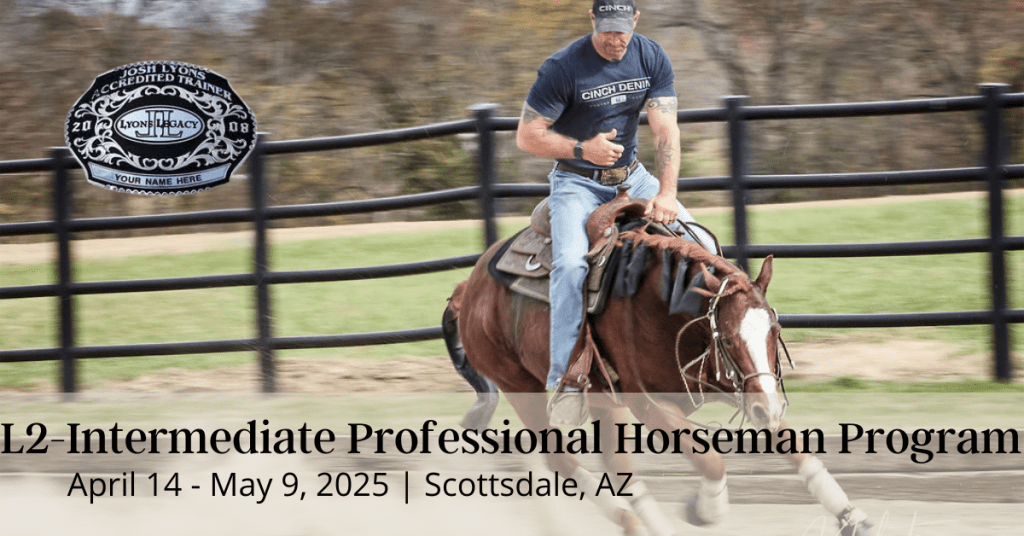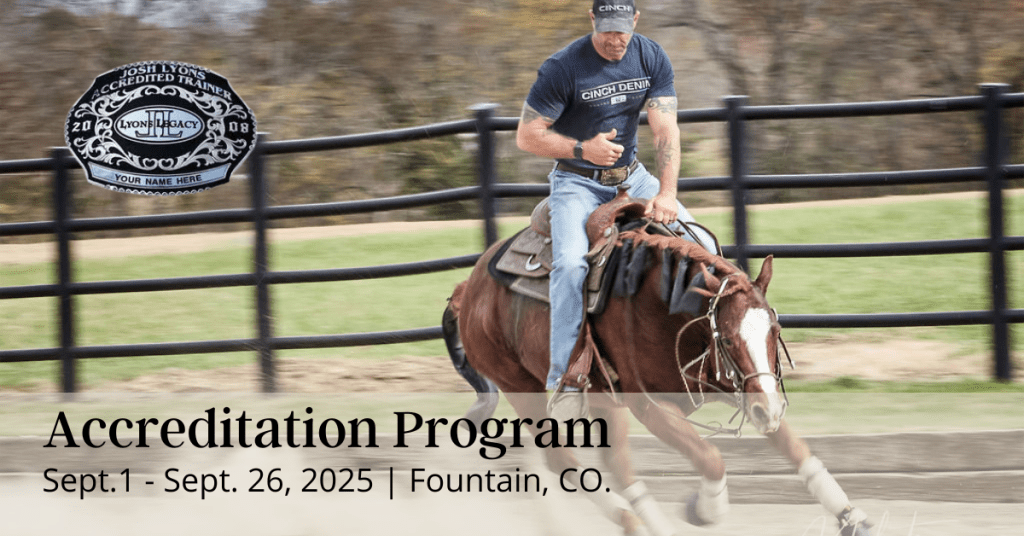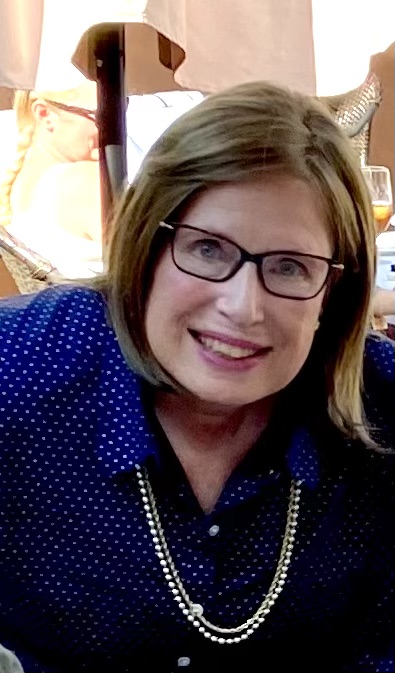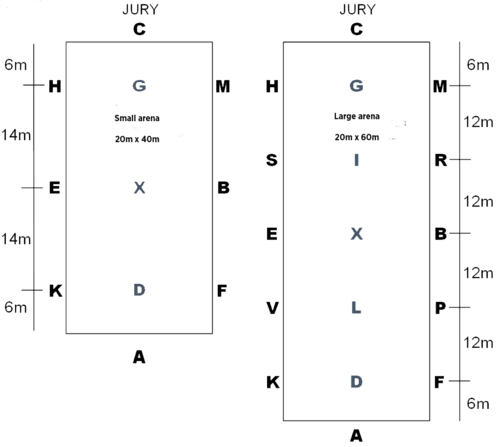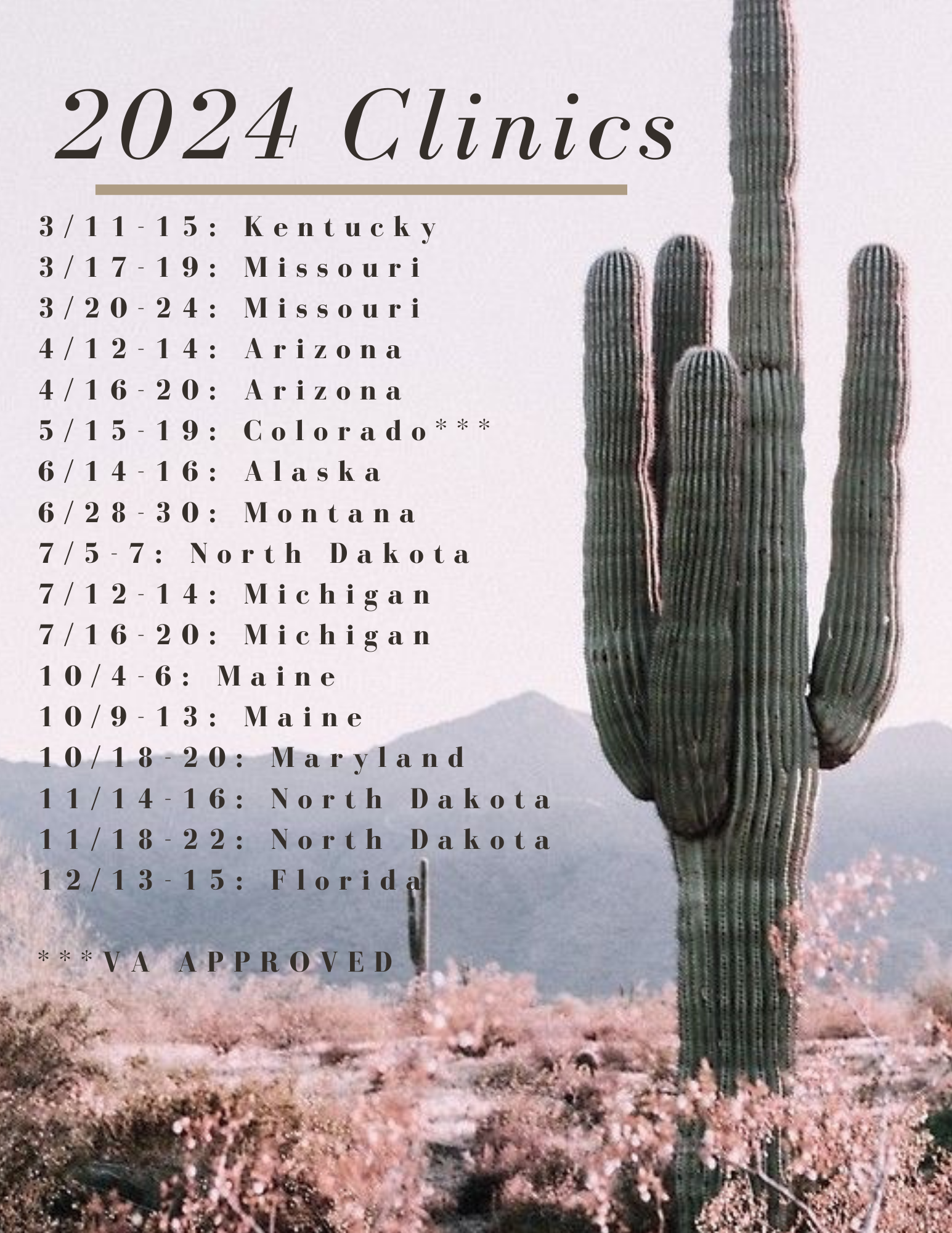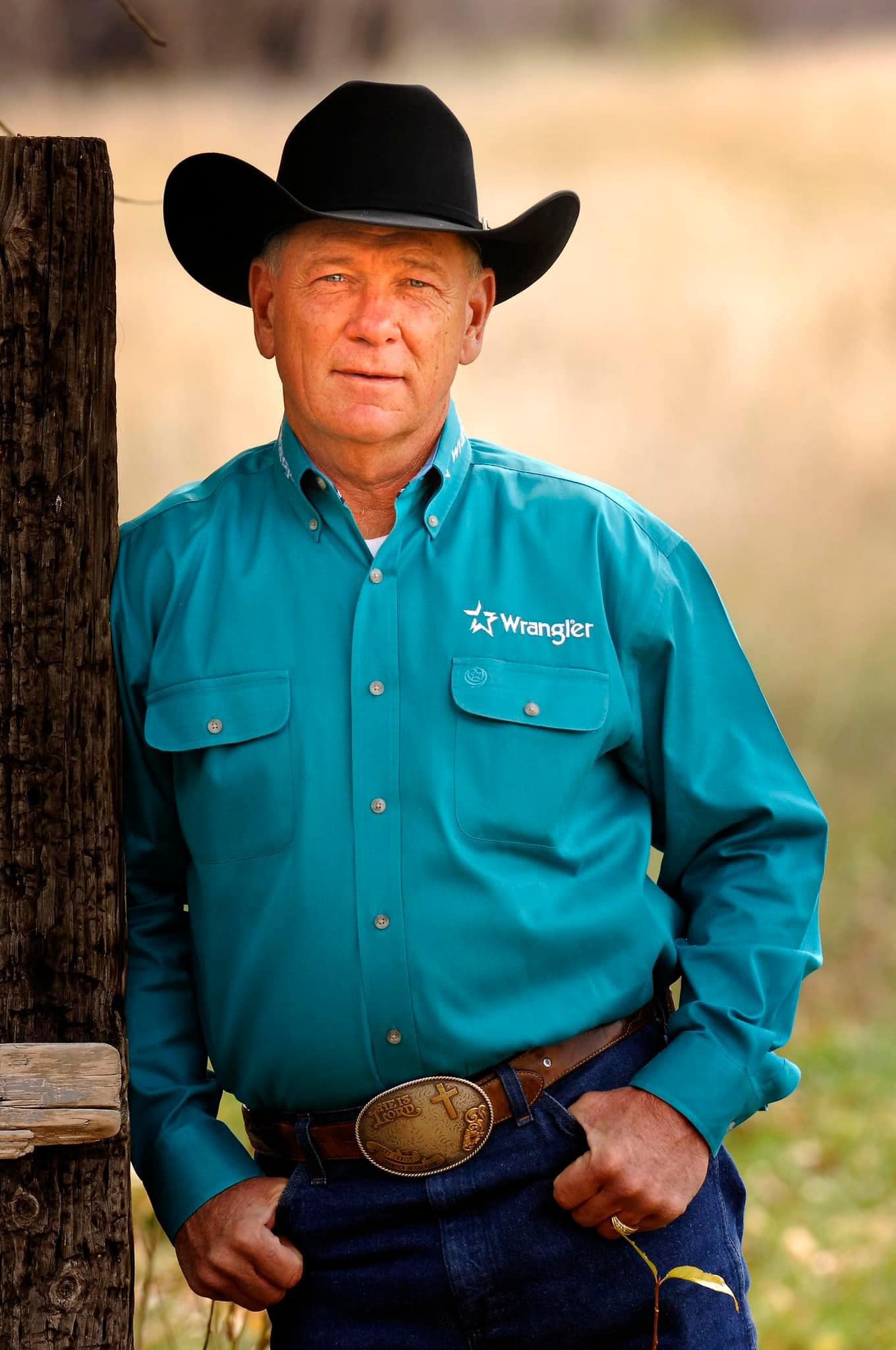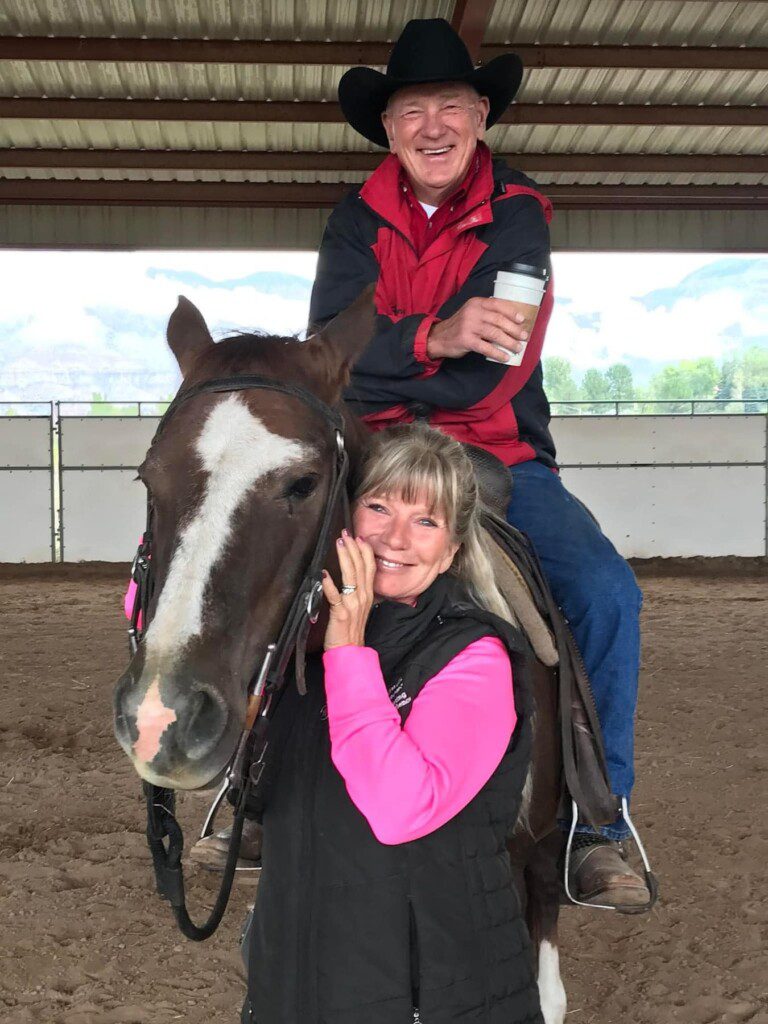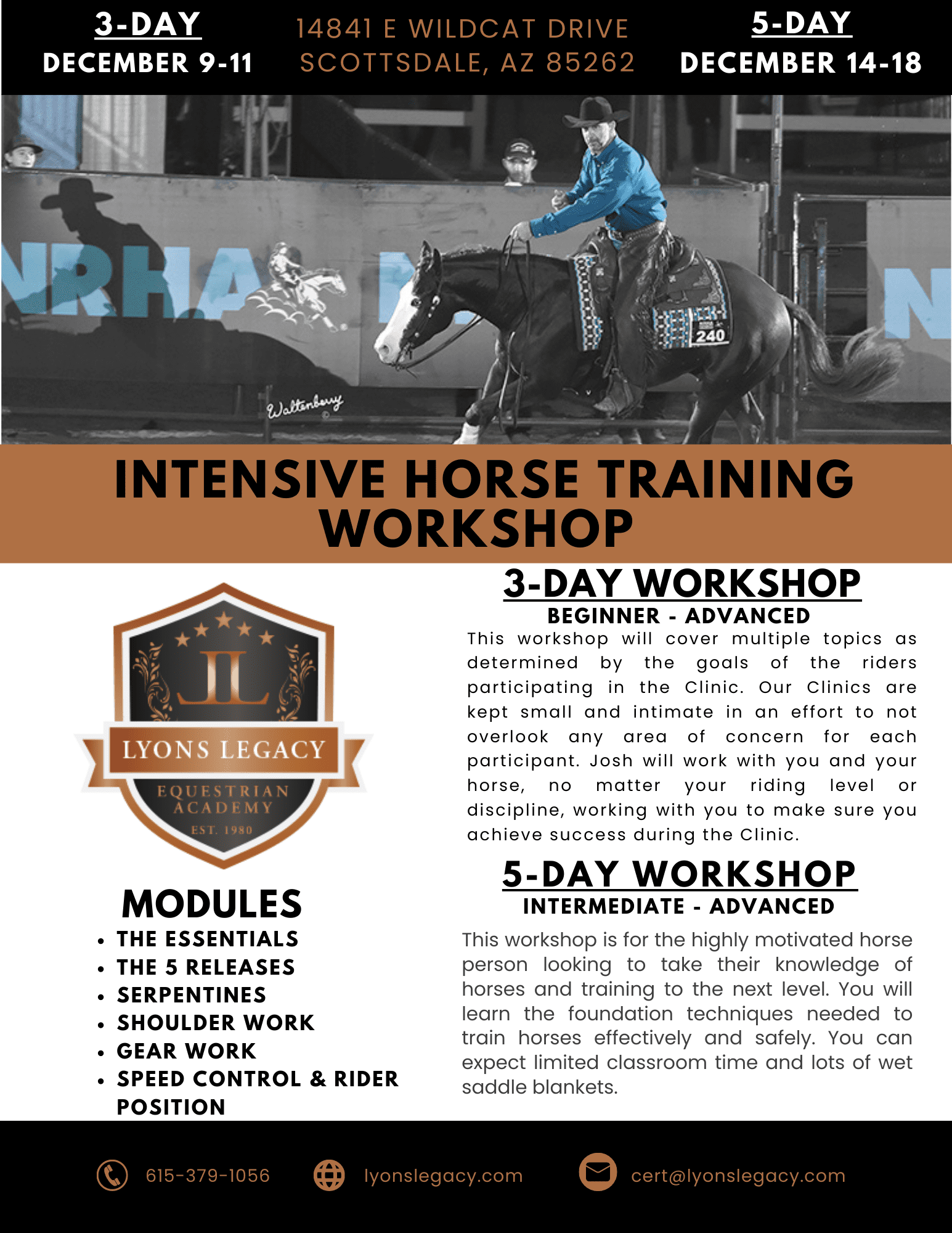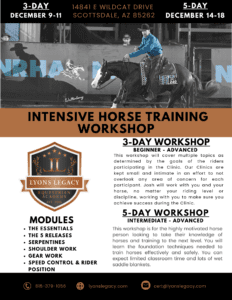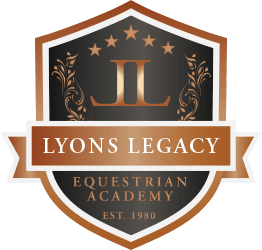Lyons Legacy Latest – March 2025 Newsletter
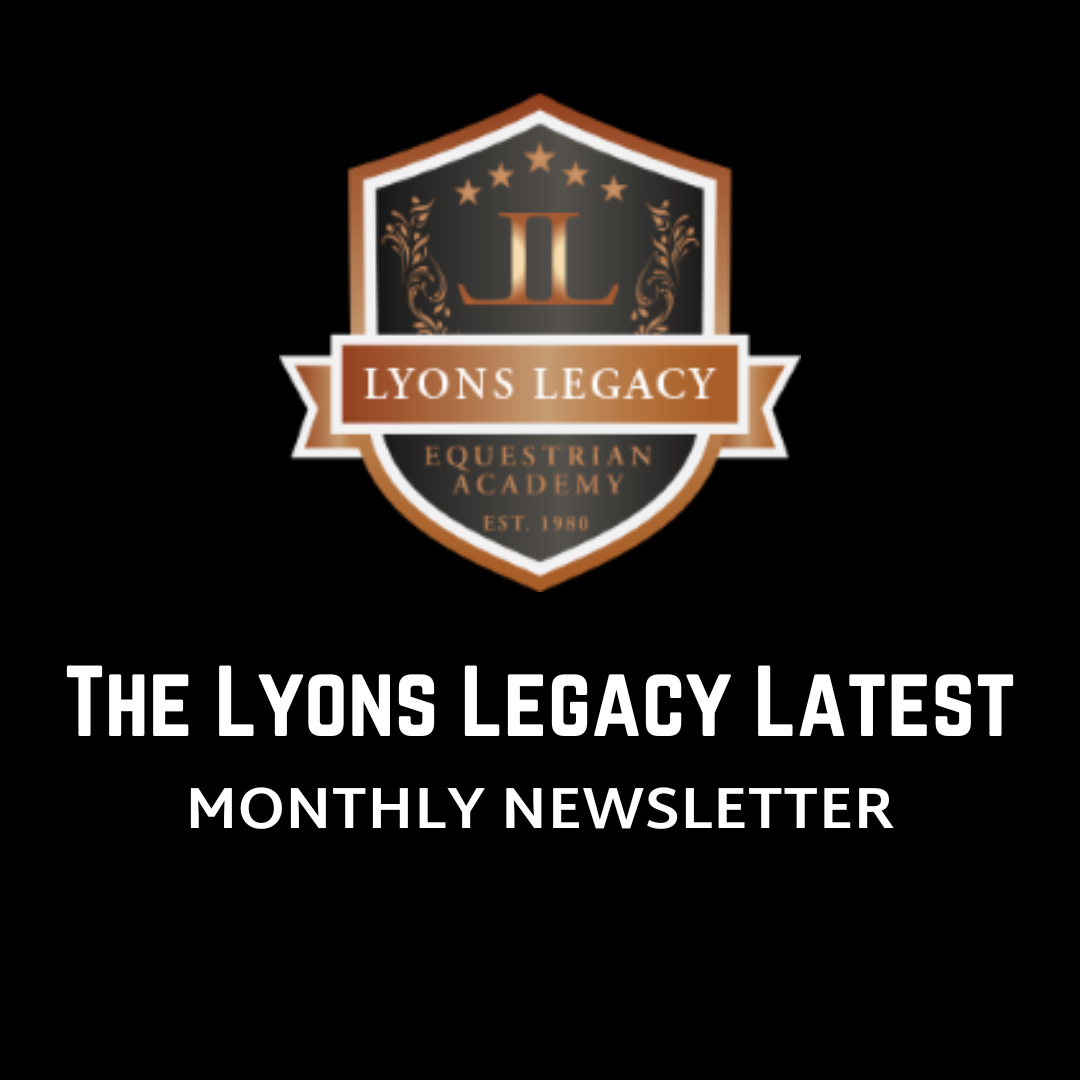
March 2025 Newsletter
Wow, March sure did whip by in the blink of an eye! Spring is officially upon us and our clinic and program schedule has kicked into high gear. The Lyons Team is in Missouri until the end of the month for two clinics. Yesterday wrapped up the 5-Day Trainer’s Clinic at Reflections Equestrian Center in Festus, MO. We were blessed to see lots of returning riders giving us the opportunity to up the challenge level and tackle some new concepts. Kudos to all the riders- it was fabulous! Maggie Deaton Horsemanship is officially a super host in our eyes. Thank you for so many years of support!
The next stop is Sitter Downs Arena in Lone Jack, MO for a 3-Day Riding Clinic March 28-20. We are still accepting riders and auditors for this event! In case you didn’t know, it is an option to join us for a single day ($300/day) if you can’t commit to the whole weekend. This is an incredible opportunity to get personalized feedback from a world-class trainer – don’t miss out!

Look Who's Lending a Hand
We would like to thank Congressman Abraham Hamadeh for taking the time to visit us at Chaparosa Ranch. We were pleased to share information about our Arizona programs and our desire to provide post secondary education to both the local communities and our Veterans. Congressman Hamadeh is a former U.S. Army Reserve Captain and Intelligence Officer. He serves on the House Armed Services Committee and the House Veterans’ Affairs Committee. Thank you, Congressman, for your service and dedication to support those who have served!
There has been lots of interest in our 2025 Colorado Programs and things are starting to fill. There are just three of spots left in our Certification Program August 4-29, 2025. If this is your class of choice, get your registration completed! For those looking for more finish work and higher performance concepts, the Accreditation Program September 1-26, 2025 is a perfect fit.
Diamond J Equestrian Center has all the amenities our students need right on site to make your stay affordable and convenient.
Remember, our Colorado campus classes are eligible to receive Veterans Education Benefits. Classes are limited to just 10 students – don’t delay, enroll today!

